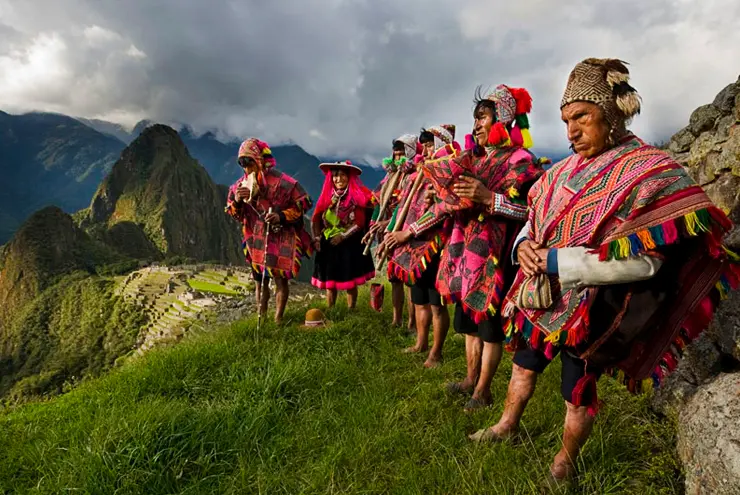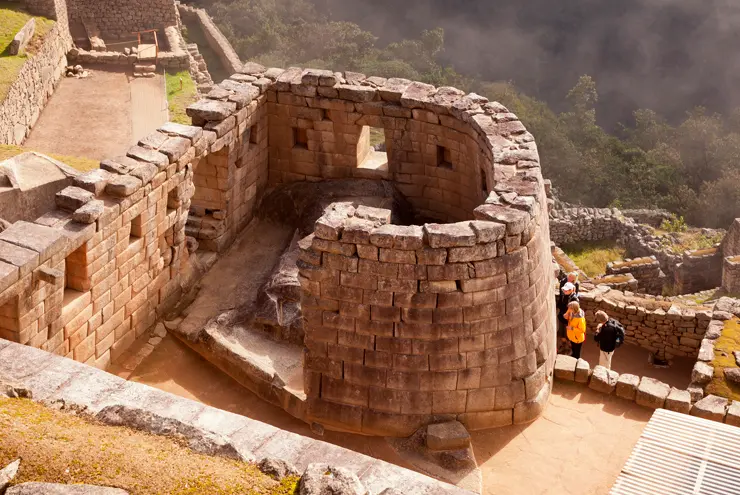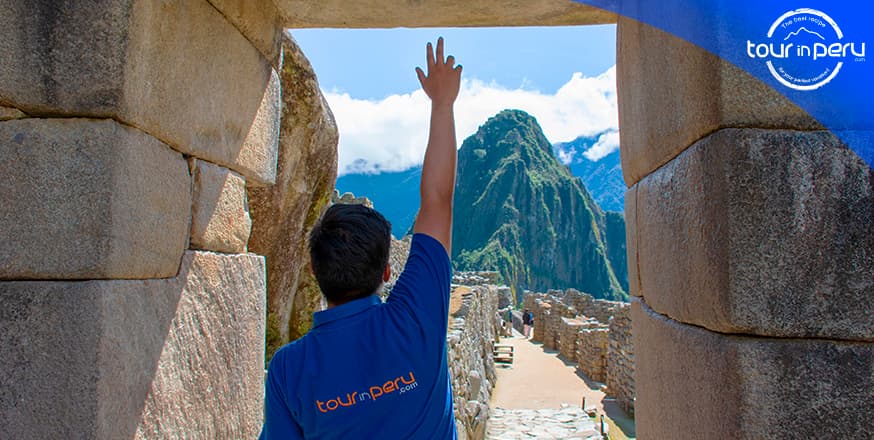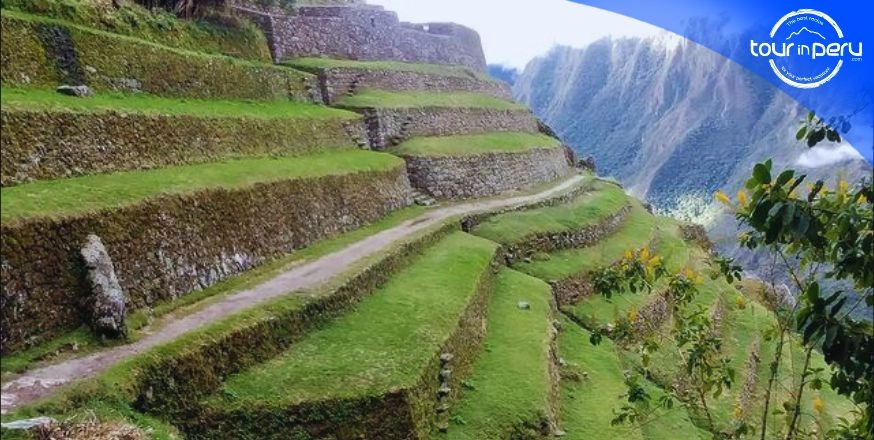Table of Contents
Centuries old, sitting on an earthquake fault, each of its Stone buildings immaculately preserved, is Machu Picchu. It has so many stories to tell and we have so few ways of hearing them.
Appraised as the lost city of the Incas by the man credited with rediscovering the place, Hiram Bingham, it would seem that after all this time that much of the history and the purpose of Machu Picchu was lost along with it.
A few hints have been left behind, such as stones that were in the middle of being formed and hewn in the quarries. This has allowed researchers to deduct how the stones are shaped. But it is still a mystery how the stones were transported over great distance in a society where the wheel did not exist.
Indeed, for everything that is found in Machu Picchu, a story is lost. Let’s take a look at some of these unsolved mysteries that are dangled in front of us tantalizingly.
Who Actually Lived in Machu Picchu?
Of course we know that the Incas lived in Machu Picchu, but that doesn’t tell us anything. That’s like saying that Americans live in California. It says nothing about the specific type of people that live in California. California and it’s major cities are a world apart from the rest of the country. And we can only wonder based on the scant clues left behind if the people of Machu Picchu were an entire world apart from the rest of Inca society.
Archaeologists believe that Machu Picchu could have supported a population of 750 to 1000, but only 200 skeletons have been discovered in the citadel.
Most of the buildings appear to be religious in nature, and there are many elements that also indicate a keen interest in astronomy-related matters.
This has all led some scholars to believe that Machu Picchu was solely built for spiritual and ceremonial purposes, perhaps a necropolis or a city for the dead.
Perhaps the purpose of Machu Picchu wasn’t anything so complicated; it could have been a place that was merely for the retreat of nobles from the demands of city life.
Its size and its agricultural capabilities could have easily made it a place for testing crops or as a trading hub. Other historians have gone so far as to speculate that Machu Picchu was nothing more than a prison, pointing at the cell-like area near the Temple of the Condor.
The most concrete answer that anyone has is that we simply don’t know.

Strange Bones
The mystery deepens a degree further when you look at some of the human remains exhumed from Machu Picchu. A number of the skulls found buried in the ancient Incan City are elongated. This is not an isolated incident. Elongated human skulls have been discovered at other Inca and Mayan burial sites.
It’s not a stretch of the imagination to say that the elongated skulls were accomplished with some form of binding. Perhaps it was a practice among Inca royalty to artificially elongate their skulls in order to prove their dominance.

Just Sun Worship?
Machu Picchu is home to the Temple of the Sun. As the name suggests, archaeologists believe that the structure was used for religious ceremonies connected to the Sun god, Inti. But how can we be certain?
The Temple of the sun has a carved rock that produces shadows corresponding exactly to the two solstices. If this building was used for rituals, at all so served some level of astronomical study.
Oh wait, it gets more mysterious. Beneath the Temple of the Sun is a carved out cavern. For a time this was believed to be a crypt or a mausoleum for nobles and royalty. But there are a number of details in the cave seem to suggest that it was used for something else, but exactly what that was is lost on modern researchers. For example, there’s a stone staircase that leads nowhere. What are we to make of that?

One detail of the whole thing is not a mystery. You need to come see it all for yourself. The first step is contacting TOUR IN PERU, a licensed tour operator you can depend on.








